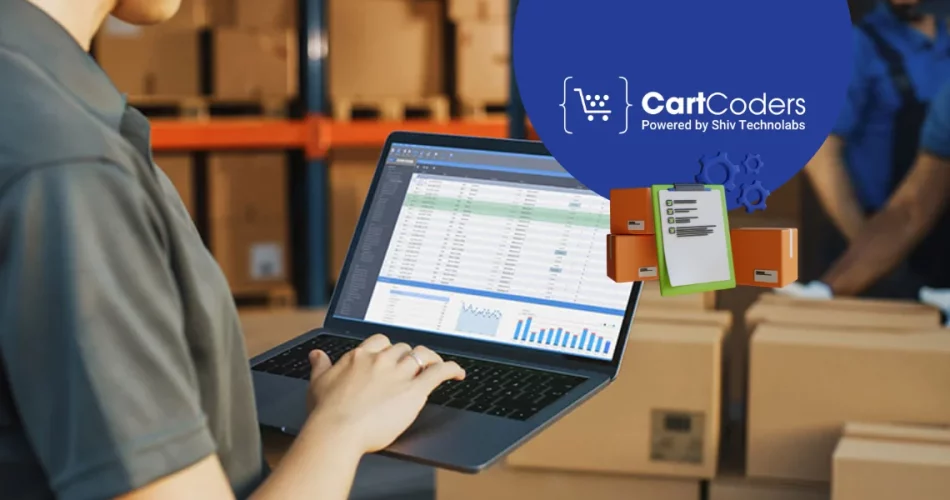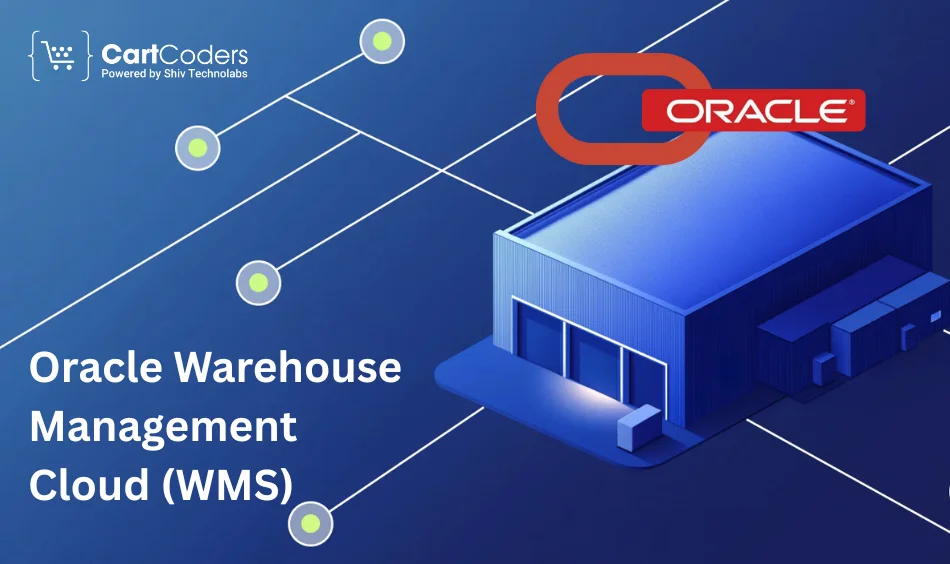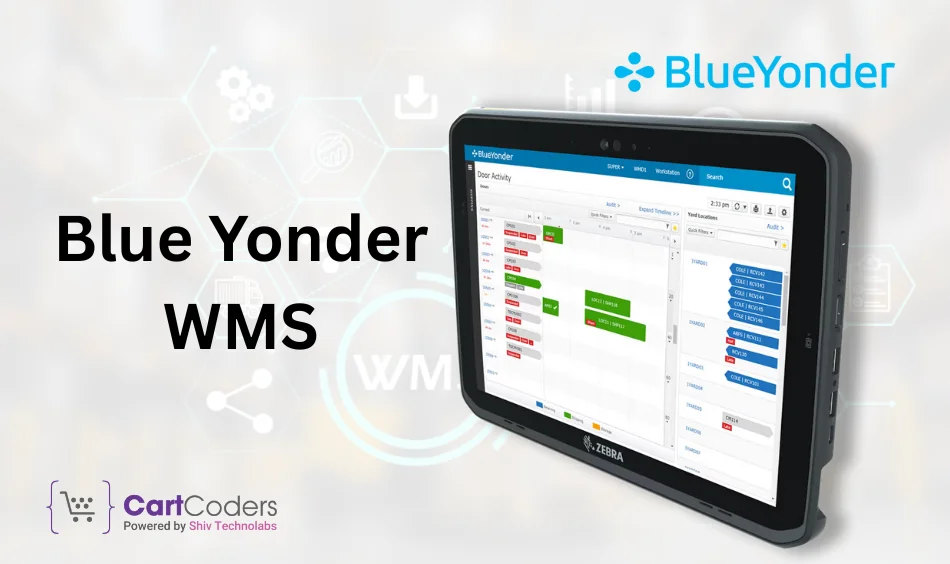Custom Engagement Solutions
Unlock tailored solutions with a free, no-obligation strategy session.
Expert Developers & Engineers on Demand
Scale Your Team with Skilled IT Professionals
Expert Guidance for Digital Transformation

Running a warehouse isn’t just about forklifts and storage racks. The real work happens in the background, keeping track of orders, inventory, and shipments in real-time. And that’s where warehouse management software comes in.
A good WMS doesn’t just record stock levels. It helps reduce mistakes, keeps teams on the same page, and makes sure orders leave on time. As businesses handle more orders across multiple channels, this kind of system has become more of a must than a nice-to-have.
Whether you’re setting up your first warehouse or trying to bring order to a complex operation, choosing the right WMS matters.
Below is the list of warehouse management software trusted in 2025 by companies of all sizes—each one solving different kinds of warehouse challenges.
There’s more to warehouse software than just keeping track of where things are. The right system can:
But here’s the thing—not every business runs the same way. What works for a large distribution center might feel too complex for a growing online brand.
That’s exactly why we put this list together. Each has its approach to solving everyday warehouse problems.

Best for: Large businesses with multiple warehouses and global supply chains
Oracle’s cloud-based WMS is built for scale. It handles everything from incoming stock to outbound shipments—plus all the small steps in between.
The system supports barcode scanning, task automation, and detailed inventory rules, so teams can spend less time tracking paperwork and more time getting things done.
🔍 Key Features:
💡 Why businesses choose it:
It gives full control without the mess—ideal for companies juggling thousands of products across different regions.
Best for: Companies already using SAP ERP and looking for tighter system control
If your business runs on SAP, this warehouse system fits right in. SAP EWM offers full control over your warehouse—from receiving goods to sending them out.
It’s built to handle complex setups, too, like conveyor systems, automated storage, or robotic picking.
🛠 Core Strengths:
🚀 Real-world Use:
Often used by industries like pharma and automotive, where accuracy and compliance are non-negotiable.

Best for: Businesses wanting AI-driven warehouse management
Previously known as JDA, Blue Yonder focuses heavily on predictive analytics. It helps businesses manage warehouse tasks with demand-based recommendations. The system learns and adapts over time.
✨ Standout Capabilities:
🤖 Fun Fact:
It’s used by many 3PL providers and e-commerce giants for handling large SKU volumes.
Best for: Small and mid-sized businesses using QuickBooks
Fishbowl is easy to get started with and budget-friendly. It works best when paired with accounting software like QuickBooks. If you want something powerful without needing an IT team, Fishbowl is a solid choice.
📦 Why Users Like It:
🔧 Good To Know:
It’s a desktop-first solution, but it has mobile apps for inventory checks.
Best for: eCommerce sellers and small businesses
Zoho Inventory shines when connected with platforms like Shopify, Amazon, and eBay. It helps you manage stock, sales, and shipments all in one place. It also comes with a clean dashboard and a user-friendly interface.
📈 Popular Features:
🎯 Who’s it for?
Ideal for online sellers juggling orders across channels.
Best for: Retail and B2B businesses needing all-in-one inventory + WMS
Cin7 Core blends inventory, sales, purchasing, and warehouse management. It works well for businesses that need end-to-end control from supplier to shelf.
📊 Key Capabilities:
🧩 Noteworthy:
You can connect Cin7 to accounting, CRM, and logistics tools easily.
Best for: Businesses using other Microsoft tools
Dynamics 365 SCM isn’t just warehouse software—it’s part of a full ERP. It brings together forecasting, production, and logistics under one system. If your team uses Outlook, Excel, or Teams already, this is a strong pick.
🔄 Highlights:
📌 Why Consider It:
The system feels familiar to anyone used to Microsoft tools.
Best for: Fast-growing companies scaling operations
NetSuite’s WMS is part of its cloud ERP suite. It offers real-time visibility into inventory, automates picking and packing, and supports wave planning. It’s a go-to choice for brands scaling from startup to enterprise.
📦 Standout Tools:
📍 Bonus:
Backed by Oracle, it’s a reliable choice for long-term growth.
Best for: Warehouses needing automation and labor planning
Infor offers a warehouse system that’s smart, flexible, and designed for change. It supports voice picking, real-time dashboards, and detailed labor analytics. Many manufacturers and food businesses rely on Infor for strict warehouse control.
🔍 Core Tools:
💼 Use Case:
Often used by companies with multi-site warehouse operations.
Best for: Logistics-heavy businesses needing speed and accuracy
Known for reliability, Manhattan’s WMS is used by many logistics firms and large retailers. It focuses on fast, accurate fulfillment. The software adapts well to changes in order volumes and supports complex warehouse flows.
⚙️ System Features:
📢 What Makes It Unique:
It helps you handle everything from last-mile delivery to reverse logistics in one place.
Choosing warehouse software often comes down to small differences—pricing, integration support, or how user-friendly the system feels. Here’s a quick side-by-side look at the tools mentioned above to help you narrow your options.
| Software | Best For | ERP Integration | AI Features | Pricing Tier |
| Oracle WMS Cloud | Global enterprises | Yes | Yes | $$$ |
| SAP EWM | SAP users | Yes | Moderate | $$$$ |
| Blue Yonder | AI-first operations | Yes | High | $$$$ |
| Fishbowl | QuickBooks users | Limited | No | $ |
| Zoho Inventory | E-commerce sellers | Yes | Low | $ |
| Cin7 Core | Retail and B2B brands | Yes | Moderate | $$ |
| Dynamics 365 SCM | Microsoft ecosystem | Yes | Moderate | $$$ |
| NetSuite WMS | Growing companies | Yes | Moderate | $$$ |
| Infor WMS | Food and manufacturing | Yes | Moderate | $$$ |
| Manhattan Associates WMS | Logistics and 3PLs | Yes | High | $$$$ |
While the chart gives you a quick overview, remember that pricing often varies based on user count, warehouse size, and setup needs. It’s always a good idea to request a live demo or speak to a consultant before you choose.
If your online store runs on Shopify and you’re struggling with inventory issues, shipping delays, or order mix-ups, you’re not alone.
CartCoders offers Shopify Inventory Management Services to help store owners simplify stock control, improve order accuracy, and reduce warehouse mistakes.
🔹 Connect your WMS with Shopify
🔹 Automate product syncing and stock levels
🔹 Track incoming and outgoing orders
🔹 Get real-time data to avoid overselling or stockouts
Whether you’re scaling up or just getting started, we help make inventory headaches a thing of the past.
👉 Want to simplify your Shopify warehouse? Get in touch with CartCoders.
There’s no single “best” warehouse software, but there is the right one for your business. Use this list as a starting point to explore what fits your needs, team, and budget.
And if you’re working with Shopify, CartCoders is here to help you connect the dots between your warehouse and your store.
The best software depends on your needs. Oracle WMS, SAP EWM, and NetSuite WMS are strong choices for different types of businesses.
Examples include Oracle WMS Cloud, SAP EWM, Zoho Inventory, Fishbowl, NetSuite WMS, and Manhattan Associates. Each offers different tools and features.
The 5S stands for Sort, Set in order, Shine, Standardize, and Sustain. These help keep the warehouse clean, organized, and safe.
There are standalone systems, ERP-integrated WMS, cloud-based WMS, and supply chain modules with warehouse features built in for large-scale use.
WMS means Warehouse Management System. It helps manage stock, track items, organize picking, packing, and keep shipping fast and accurate.
3PL stands for Third-Party Logistics. These companies handle storage, packing, and delivery for other businesses that sell goods online or offline.
Projects delivered in 15+ industries.
95% retention rate, building lasting partnerships.
Serving clients across 25+ countries.
60+ pros | 10+ years of experience.